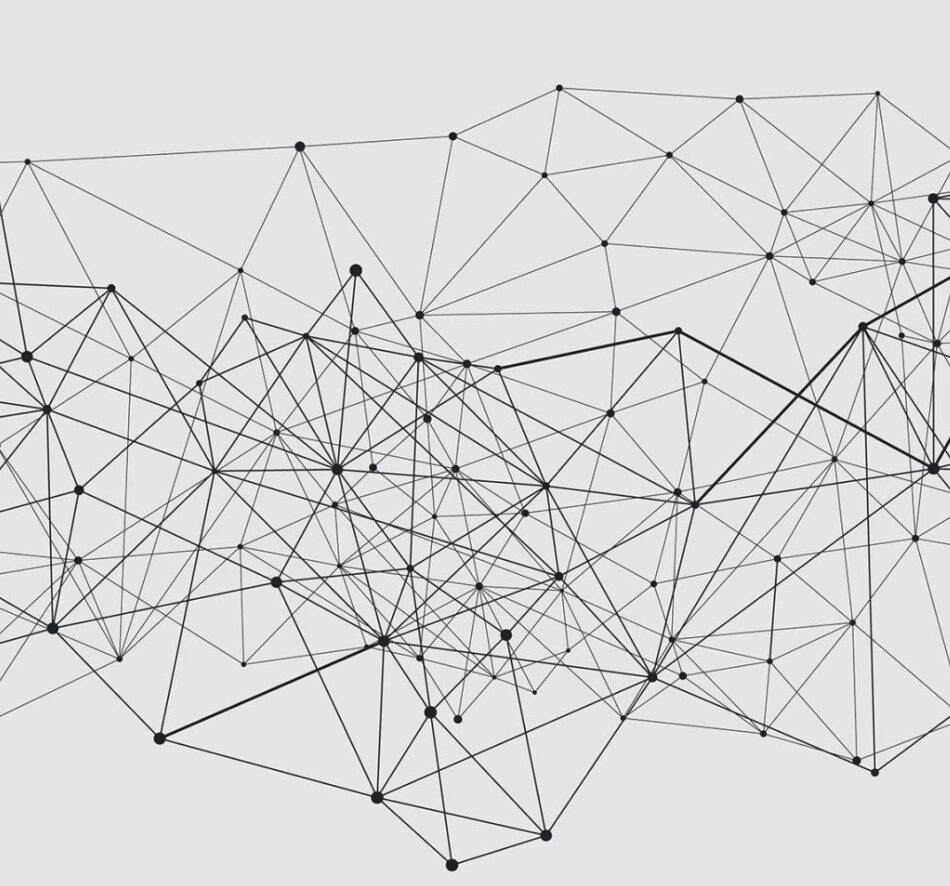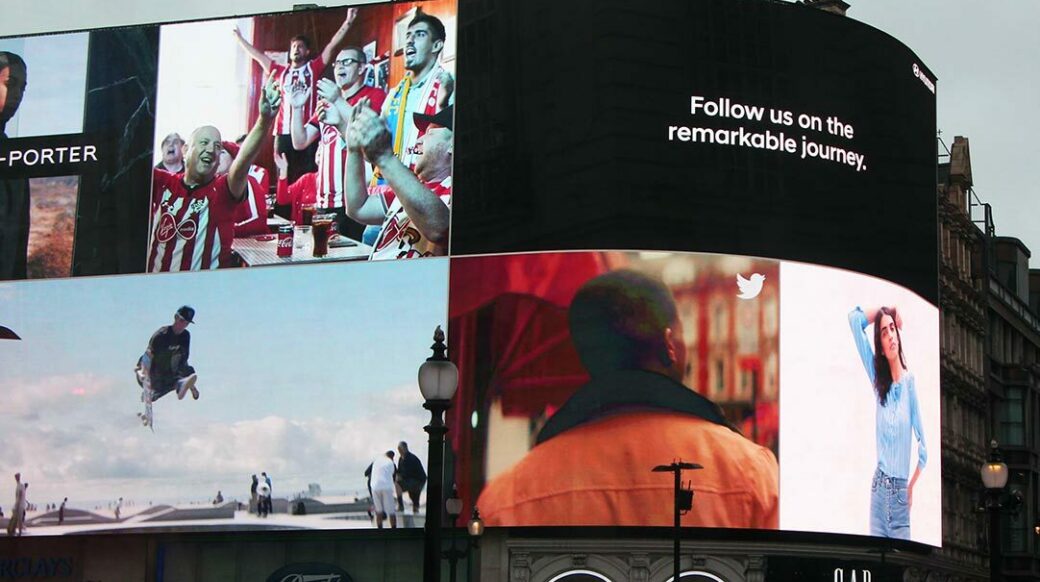
The Core Value of Family
Family
Family is the core of everything. Brands that want to succeed must understand the “Core Four” values, and reflect them back in every aspect of their marketing.

Over the last 10 years, a new consumer group has emerged. Empowered by access to unprecedented amounts of data and knowledge through social media and their support networks, this group has become an influential economic force from their place in the middle of it all. Long considered to be less relevant than consumers who live in the big metro areas, they are beginning to make themselves heard through their cumulative purchasing power. They will no longer allow themselves to be ignored. They consider themselves to be the new center of what is really important.
This population might be confused with what we used to call “Middle America” or “the middle class.” These common demographic descriptions are still useful, but this supergroup is not defined by mere statistics, by education, class, household income, location look-alikes, politics, or behavior. Instead, what defines this massively diverse group is what unites them: values.
While it is early in our research, we estimate this group to include nearly 50% of the US population. We call them the New American Middle. Understanding the New American Middle will allow savvy brands to reach them, at scale, but they must take care to do so in a way that reflects the values they hold dear.
Before the New American Middle can be understood, we must discard existing definitions and attitudes. We all have assumptions related to Middle America as a geographic location. We also have biases about the middle-class experience, and so, at first, it all seems pretty simple. Pretty manageable. So cliche.
The New American Middle existed before the 2016 election, but it wasn’t until after the election that many in the media recognized it. Once the results came in, newspapers from the coasts dispatched armies of reporters to places such as Ohio and Michigan to figure out why the polls had been so wrong. There was a realization that the power and values of Middle America had been misunderstood.
The mere mention of politics seems like swatting a nest of murder hornets. Please be assured that our work is based on commercial, and not political, interest. There is only one reason why we even mention politics: the 2016 election was so jarring that it triggered unprecedented levels of navel-gazing among everyone, including pundits, politicians, and, yes, brands and marketers. The impassioned inquiry lifted the lid on cultural assumptions regarding Middle America, on how major media and big business considered it mere flyover country, the “other” America that we have come to refer to as the New American Middle.1
So now we ask you to set politics aside. We also ask that you set aside assumptions you may have regarding societal references that include the word middle. Middle-class, middle American, middle of nowhere. The word middle has come to mean something new: the center.


At its core, the New American Middle is a system of values, a way of living in and seeing the world. However, these bedrock values are still influenced by trends, as well as the search for value, a good bargain, and convenience—like every other American, the New American Middle will sometimes compromise their support for local businesses for convenience by making purchases on Amazon. But after closer inspection, even an increase in e-commerce can actually reveal deeper values at work.
For example, as the first wave of the COVID-19 pandemic crashed across the country in the spring of 2020, online searches for bread machines were up over 800%. Toilet paper was now in abundance, but flour was the next thing missing from stores’ shelves.
Why? Because for many people, especially people who are part of the New American Middle, not only did baking bread make them feel whole, but it also provided nourishing food for their families. Besides allowing consumers to regress back to some pioneer-settler archetype, all that yeast and King Arthur flour showed us something important: baking allowed New American Middle values to rise when few others things could accomplish the task. We were sustained with the flour. Whole wheat made us whole. Our community supplied the sourdough starter. Our families ate the bread—and even claimed they liked it. Heck, bread is a metaphor for life after all.
Most foundations have one cornerstone, but the New American Middle has four. All four core values are interrelated. Brands that square up with one or more of these foundational values, and then reflect them back to the consumer, will engage, build trust, and ultimately convert with the New American Middle audience. Brands that don’t, won’t.
When we think about the word “family,” we normally think about our own family experience. But the New American Middle experience includes all kinds of families. One study conducted in 2017 concluded that less than 20% of households live in what could be called the nuclear family. These families include single-parent families, blended families, extended families, and families of choice, i.e., families of friends. [ Read our deep dive into the core value of family. ]
Community is where the New American Middle lives, both physically and virtually. They have decided to grow where they are planted, whether it be the immediate neighborhood or the larger surrounding region. It also includes the virtual neighborhoods of interests that are often supported by social media. The importance of community can transcend differences that could have otherwise caused further divide. The following comments illustrate some of what community means to the NAM. [ Read our research into the core value of community. ]
The New American Middle believes in something bigger than themselves, a belief we often call faith. Faith includes the established faiths, churches, and denominations, but faith does not always mean religion. This core value may include various types of self-actualization, yoga, meditation, mindfulness, health and wellness. It may also take the form of devotion to social justice movements. Politics can also become a matter or expression of faith. The following comments illustrate some of what faith means to the NAM. [ Read our expose on the core value of faith and spirituality. ]
The New American Middle is very concerned with the safety of the natural environment in which their children will grow up. For all the discussion about environmental activism in larger urban coastal areas, the bulk of recycling takes place elsewhere. Smaller rural locations are less likely to participate, in part because facilities do not exist to accommodate recycling. [ Read our article into the core value of sustainability and environmental stewardship. ]
While the New American Middle audience is positively motivated by these four core values, they also respond negatively to large out-of-touch institutions, organizations, and brands. “Bigness” poses an overarching threat, creating numerous related symptoms.
Big institutions. Big corporations. Big brands. Big cities. These are the opposite of the personal, face-to-face interactions that drive the values at the core of the New American Middle. Bigness means being out-of-touch, too big for one’s britches. When confronted by bigness, the New American Middle is motivated to defend, strike out, close their pocketbooks, and sometimes even react by running for local office.
[ Read more about how BIGNESS affects consumer habits here ]
The New American Middle audience can smell a sales pitch from a mile away, and there is nothing they dislike more than the feeling of being sold something. Beware “greenwashers” and ex-favorite brands that used to mean something but are now just big and transactional.
The New American Middle audience does not want to be told what to like, what to wear, how to decorate their homes, and where to shop. They will look for advice and input, but they want to do things their own way, on their own schedule. Showing is far better than telling. This audience especially doesn’t like having their tastes dictated by brands that clearly don’t understand their values or day-to-day lives.
Unlike many media stereotypes of Middle America, the New American Middle can be a very welcoming and inclusive group of people. However, this audience is sensitive to a sense of exclusion. They will resist if inclusion means their lives, and their points of view, are excluded in the process.
The power of female consumers has been on the rise for a long time, but recognition of that power by advertisers and businesses has trailed reality. Women are generally better educated than their husbands, they earn more than ever before, and they have assumed more and more leadership in the financial management of their families.
Crucially, women are more driven by the four core values than their partners, and thus women provide voice to the values of the New American Middle, as well as a growing resistance to the impersonal scale of the large institutions and organizations their male counterparts might accept. A female consumer actively balances value and meaning, rewarding brands that reflect her core beliefs. She rejects brands she used to love because as they grew, they increasingly targeted her with bargains and conversionary tactics.
The middle of the New American Middle is the female shopper.


In the last 10 years, the nature of sales, advertising, and marketing has dramatically changed. Our old buddy advertising doesn’t work like it used to. And because the marketing and advertising industry is seen as an errand boy for big business, the New American Middle has become suspicious of both.
Since 2008, social media has allowed everyone to have his or her say. The result is the fragmentation of what we used to call “the audience.” Look-alike demographic clusters are less and less relevant, and psychographic think-alike behavioral clusters are the newest thing. Media channels have also proliferated, taking away the advertiser’s ability to buy media at scale.
So advertising doesn’t work like it has for the last one hundred years. The Mad Men of advertising can no longer hold their liquor. Top-down audience targeting has less and less relevancy, and hence lower efficacy. Media channels and methods of delivery have not only expanded in number, they also age in and out in a matter of months. The entire landscape of marketing has changed from the models that served so many, so well, for so long. So, so long.
This all relates back to the New American Middle, and it also helps explain its increasing power and relevance.
When thinking about marketing around the Core Four values, it’s important to remember that the New American Middle makes plenty of compromises. They want to look good but not spend too much. They want to feel proud about what they wear, what they furnish their homes with, and which brands they recommend to their friends, family, and neighbors. But there is a pragmatic side to their beliefs as well. Brands that reinforce and reflect New American Middle values and deliver added meaning, even if it (sensibly) costs more, will succeed. Focusing on the aspirational values rather than the contradictions is probably the right way to go.
The proliferation of style blogs, design websites, and DIY television shows has created an audience that is much more knowledgeable and style-conscious than could be claimed by any traditional notion we may have of “the middle.” However, these audiences do not respond to imagery of lives and homes that don’t look like theirs, which is how brands associated with style and design are often marketed. This is because it’s hard for the average consumer to relate to models with impossibly thin body types shown in tropical settings, when what they’re looking for are products that have a practical use in their own lives, and they want to see those products in familiar surroundings, used by real people with relatable interests.
Brands who seize the massive opportunity represented by the New American Middle might avoid the following BIG symptoms:
Symptom 1: Positioning bigger as better.
Place value on what is relevant to your customer—less top-down thinking and more grassroots-up action. (Oh, and consider removing the impersonal word “consumer” from your vocabulary.)
Symptom 2: Communicating inauthentically.
We must believe in what we do. If the corporate world settles on the world-weary attitude of “we make stuff, we sell stuff,” then they are just settling for a downward spiral of price and profit. Instead, find and tell the real story, rethink your business—and maybe even the soul of the brand.
Symptom 3: Expressive authority.
Stop telling. Stop mansplaining tangible product features and benefits. Instead, listen to your customer, and then show her that you are serious. She’s watching, not listening. (Remember, women are the middle of the middle.)
The New American Middle is the center of their everything. Ignoring them means your brand is in the middle of nowhere.
This article is just the tip of a newly calved New American Middle iceberg. If you’d like to know more, visit us at bmdg.com or bbpg.agency, or go old school and send us a note at jeff@bmdg.com, or even older yet, give us a call at (260) 469-0450. We’re located in Fort Wayne, Indiana, the center of everything.

Family is the core of everything. Brands that want to succeed must understand the “Core Four” values, and reflect them back in every aspect of their marketing.

While face-to-face is the essential element of community, we now live in a digital age, where community can be anyplace you find other members of your tribe of interest.

Faith among the New American Middle has a broad spectrum of applications. It is centered on a spiritual quest for meaning, but today’s NAM consumer looks for answers in many places, not just places with an altar.